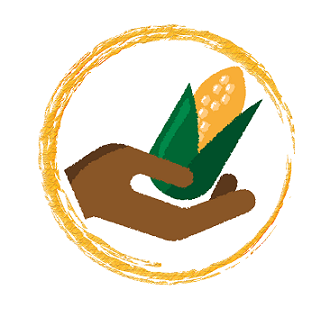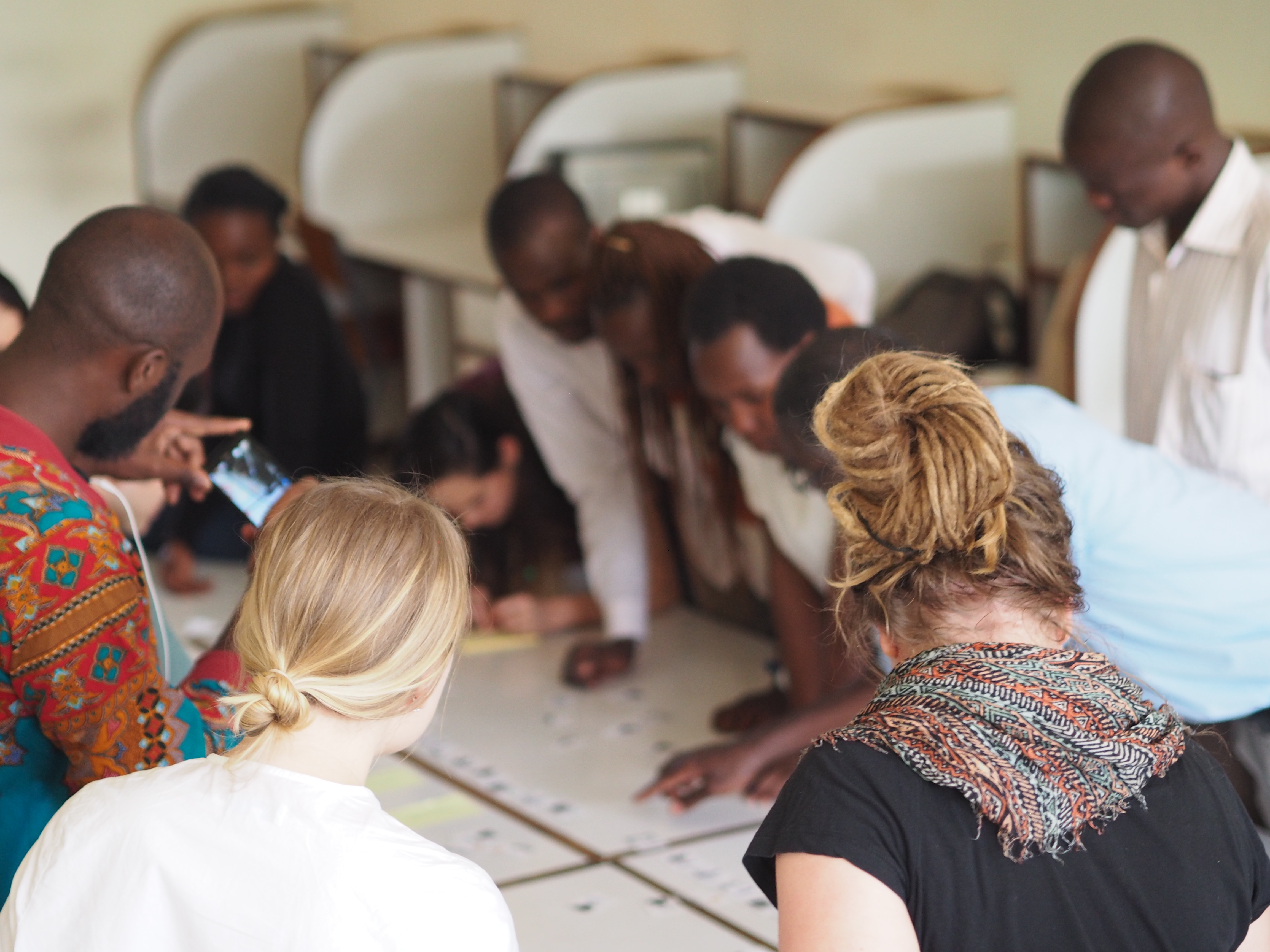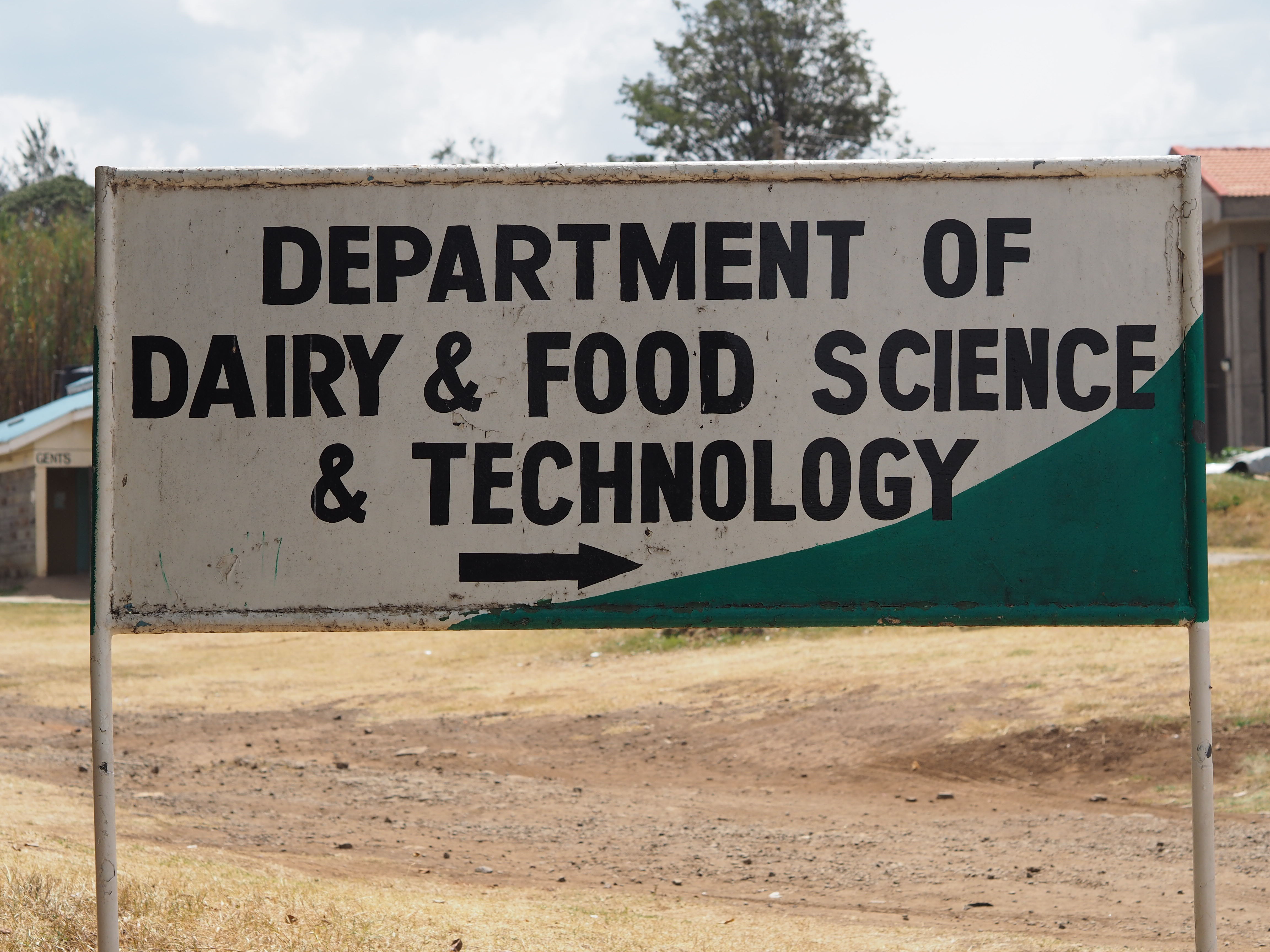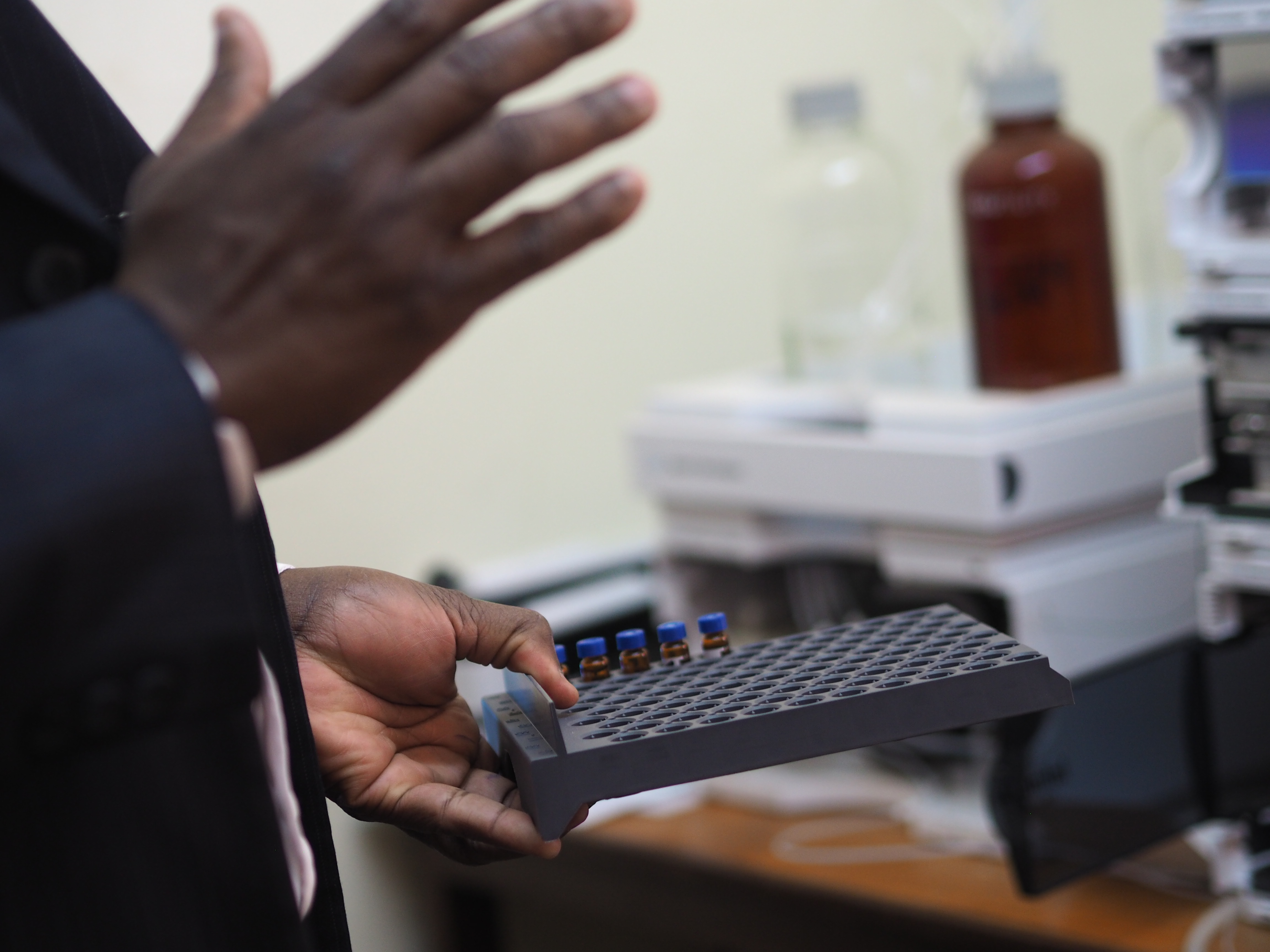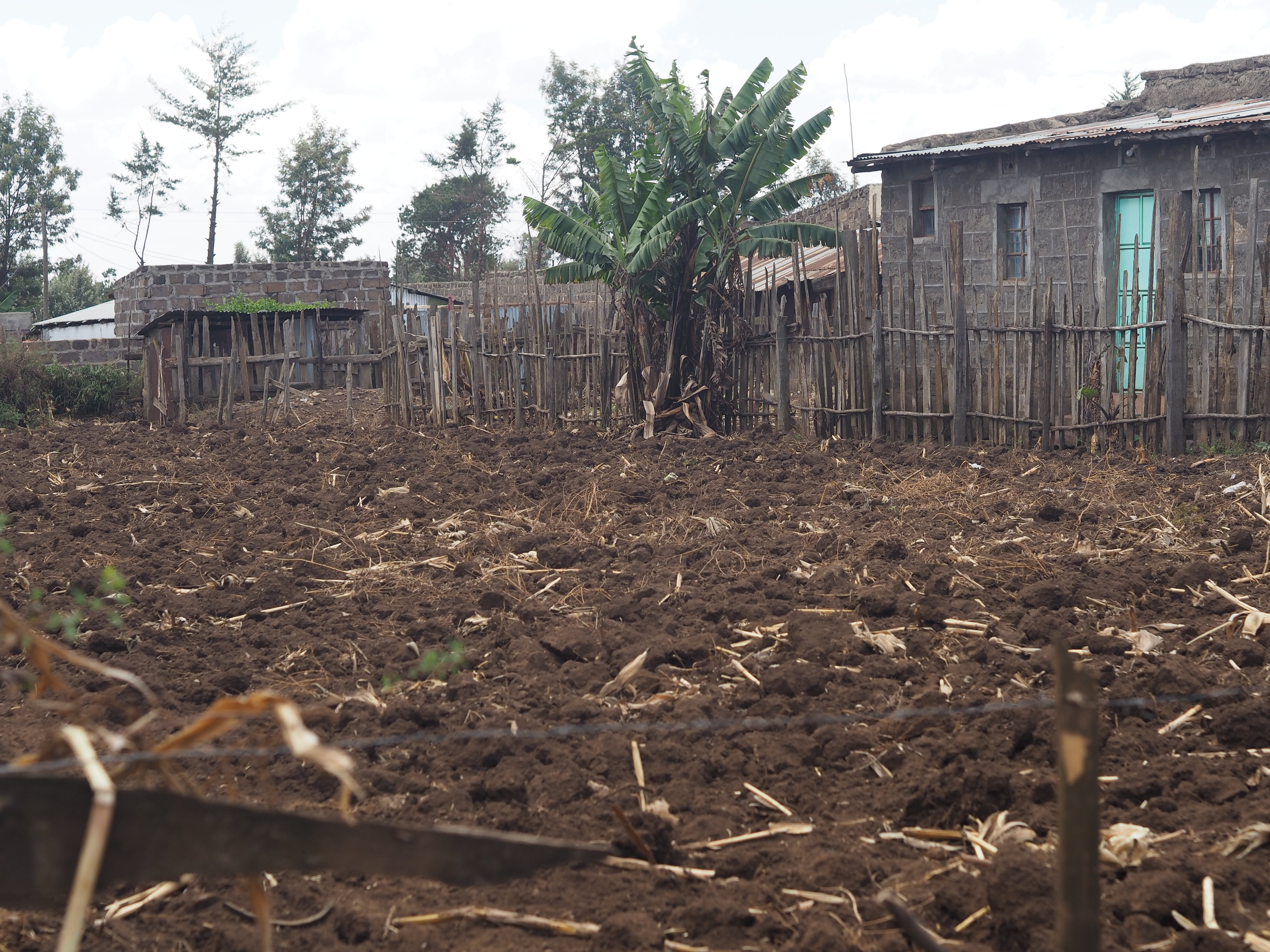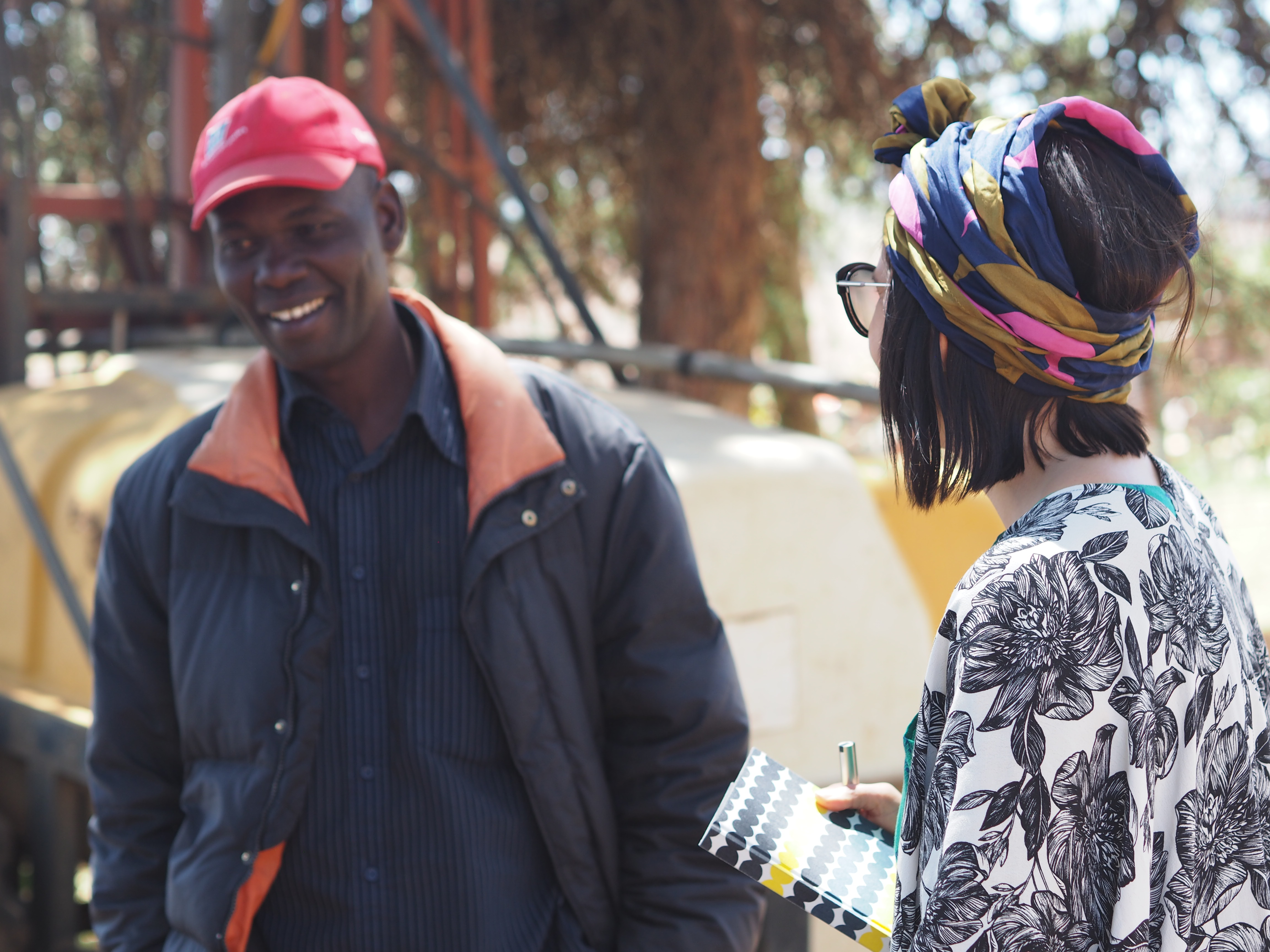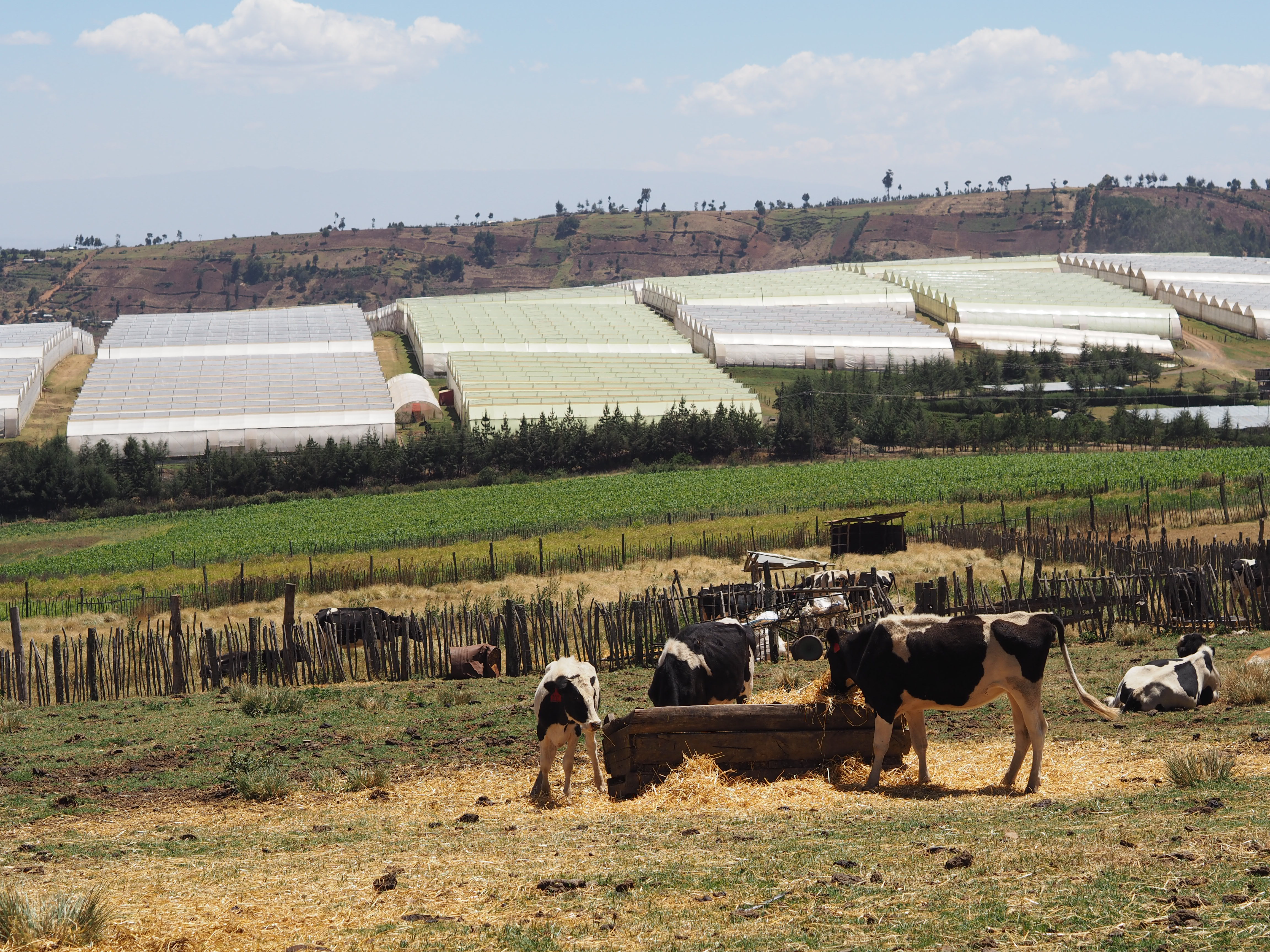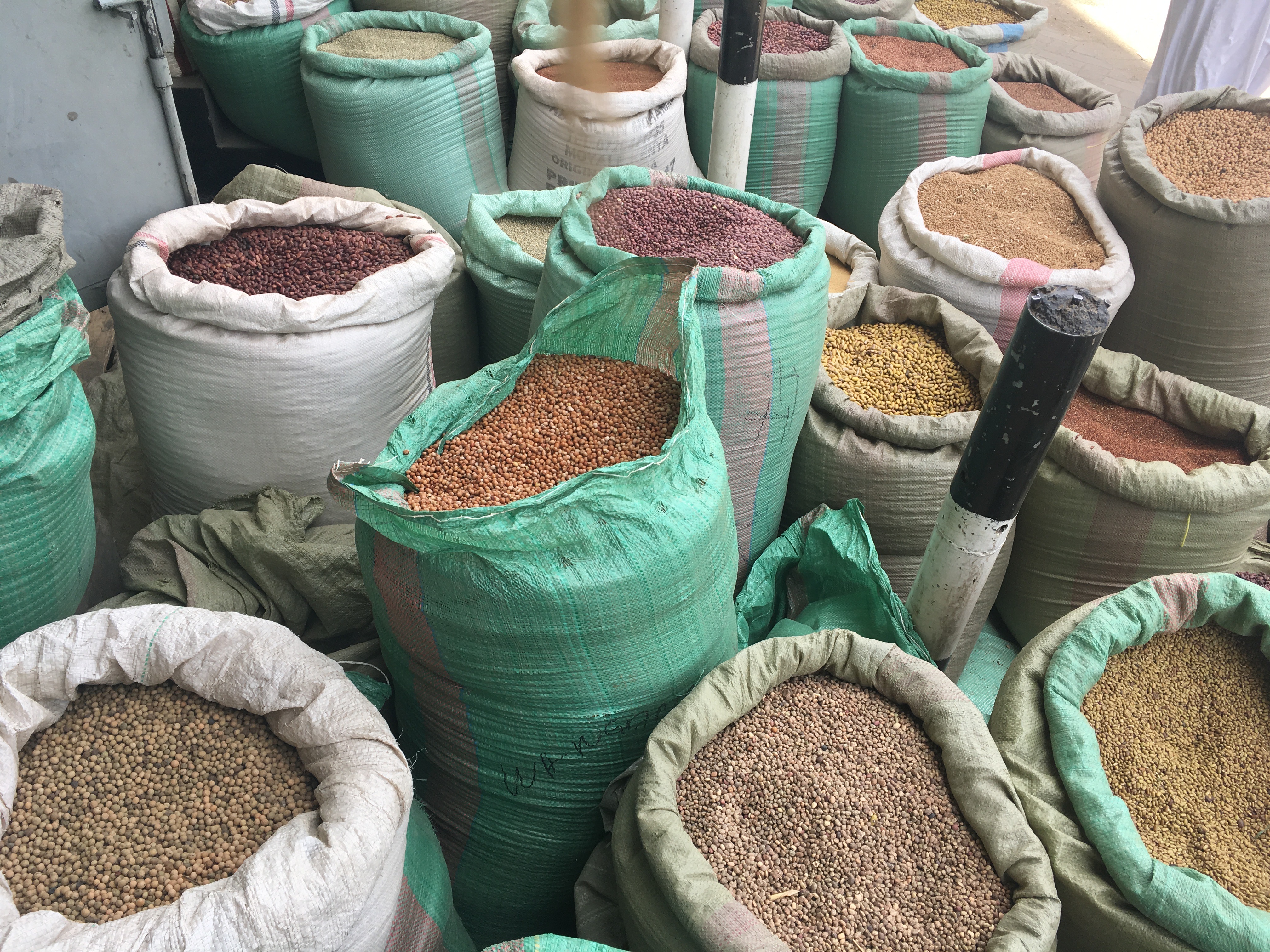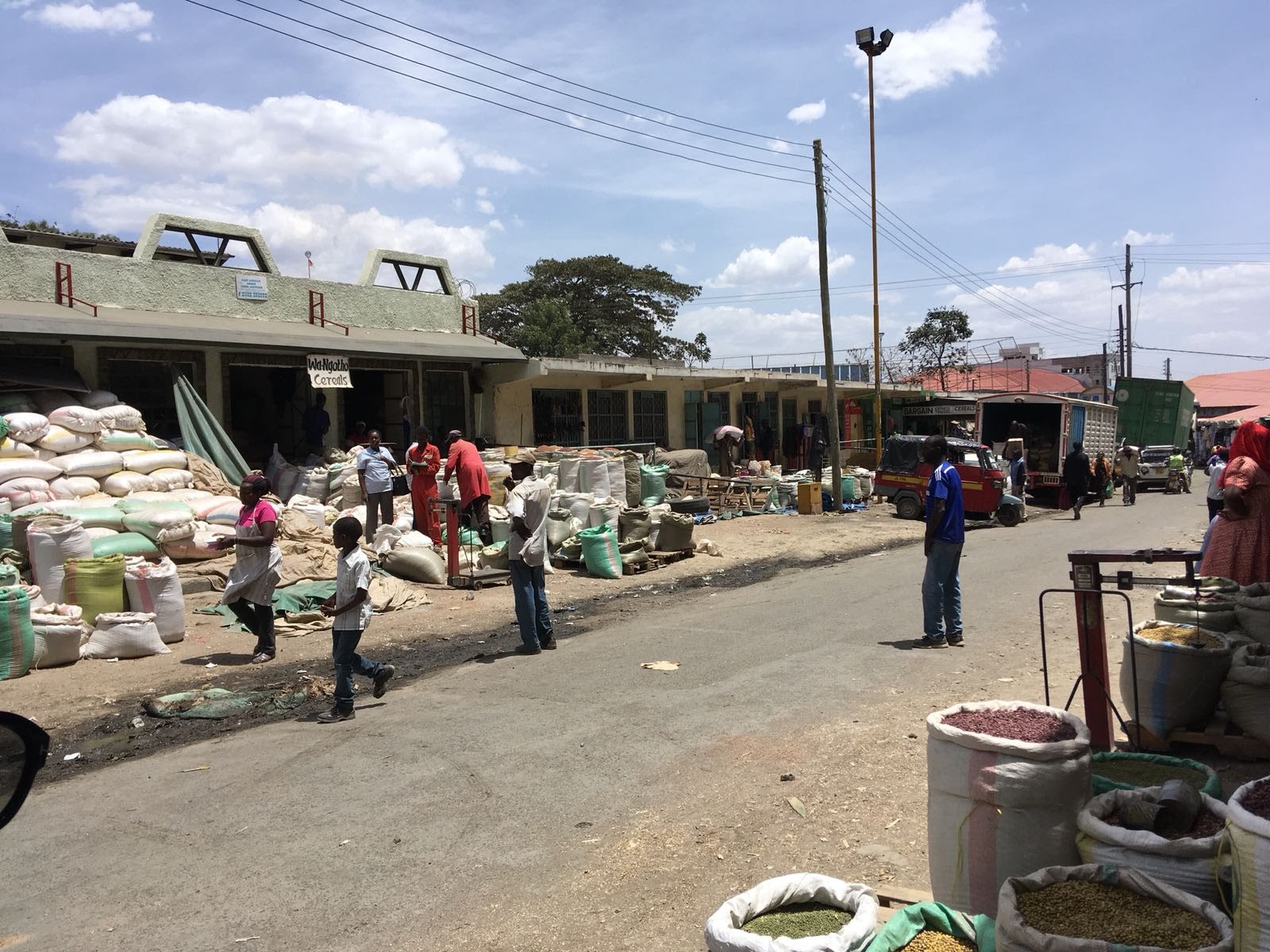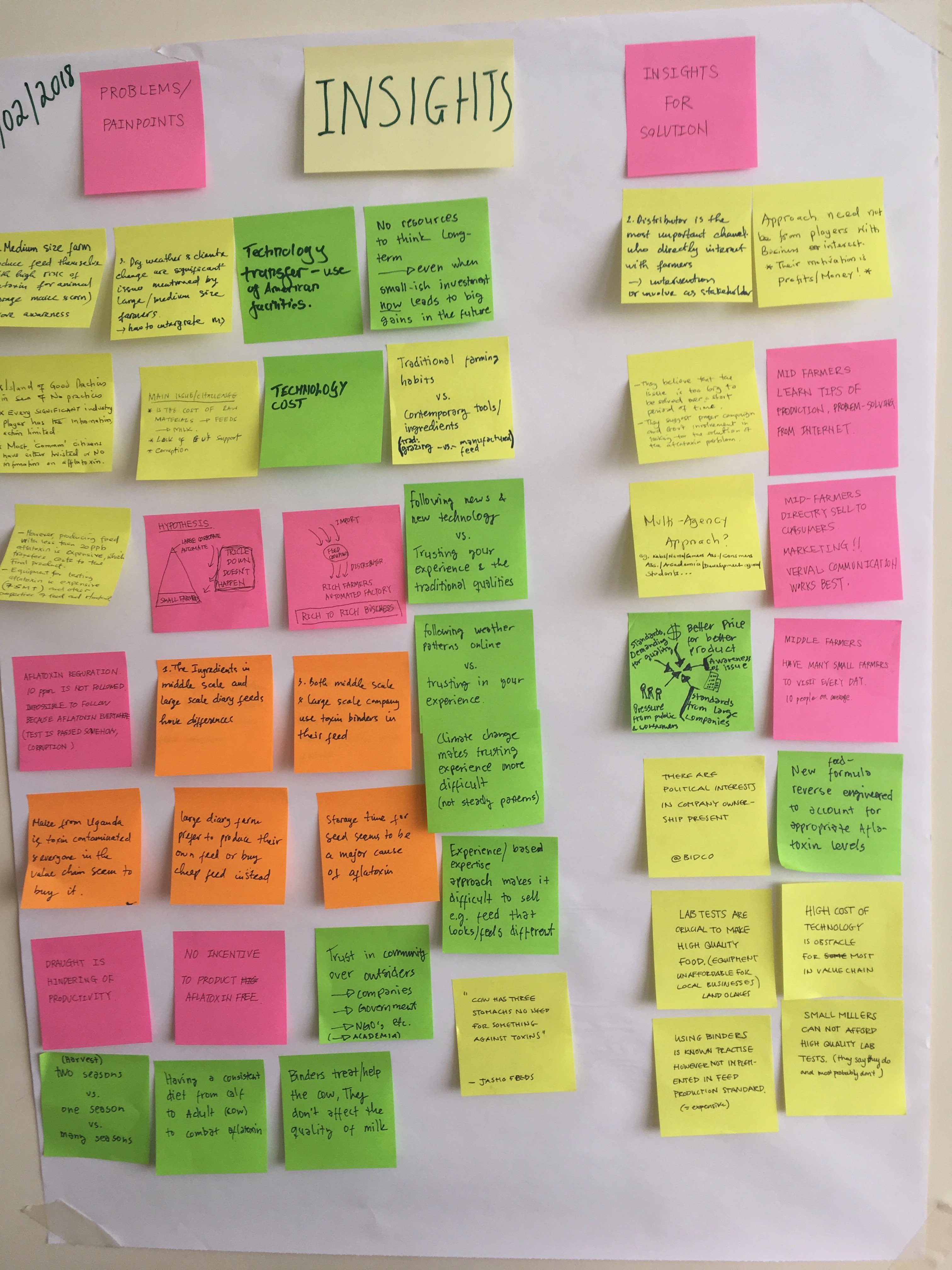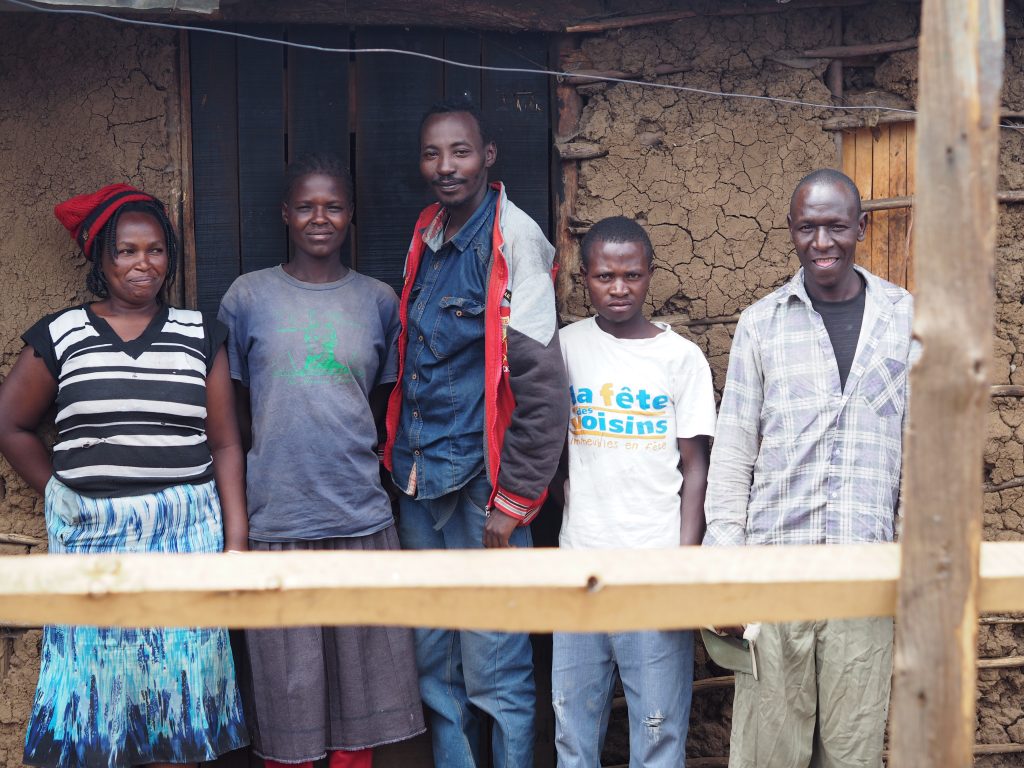
Process in brief:
- Orientation at University of Nairobi with our Kenyan colleagues
- Field interviews & observations with:
- Academic experts in food safety and testing
- Small scale, middle scale and large scale farmers (both maize and dairy farmers)
- Small scale, middle scale and large scale feed producers
- Millers
- Consumers
- Market vendors & sellers
- Discussing our findings within the team
- Processing field trip notes & insights
- Creating a journey map to understand the process as a whole & find leverage points for solutions
- Creating a presentation & presenting findings at Nairobi Innovation week
Context:
The field trip started with two days of orientation and group activities with the University of Nairobi (UoN) team. We dove deep into topics around sustainability in the Kenyan supply chains, United Nations sustainable development goals, Kenyan agriculture as well as the local food value chain. We also engaged in and led co-creation sessions (co-creation is a shared process where people from different backgrounds work together to tackle a issues in a collaborative manner) about deep interviewing, our team dynamics and the strengths, weaknesses and goals of the individual team members. (See picture of a co-creation session below)
The two days of getting to know each other really brought the two teams together and got us started in the path of openly discussing food safety as well as more challenging topics surrounding e.g. culture and equality, history and politics and for example the dynamics between the Western countries and Africa. These days made us challenge our assumptions and made the team realise how little we actually knew about the topic, let alone the context we were in.
Approach and activities:
After the orientation we packed our bags and started our intense trip to the field. With the UoN team we drove to Nakuru which was our basecamp for all the upcoming visits to University of Egerton, small and large scale farms, millers and feed producers. We also observed market vendors and middlemen at work.
The first day we spent at the University of Egerton (read more about our learnings here) which is specialised in dairy and farming. We had sessions about mycotoxins from the chemistry perspective and saw how the testing for aflatoxins works in practise. We heard about the work the dairy and farming departments do with local farmers and how they are putting their research into action in the field. (See pictures from University of Egerton below)
The following days we spent interviewing and observing. We went to interview farmers (read more about the interviews here) on a door-to-door basis in groups of 1-3 people in an area filled with small-scale farmers. We had prepared questionnaires with both closed and open ended questions but we embraced the diversity of approaches and ended up gathering data based on what the interviewees brought up. The interviews were conducted both in English and in Swahili and it was an opportunity for us to listen and observe as well as ask clarifying questions. (See pictures from a small farm where we did an interview at below)

Unsurprisingly, during these interviews it became clear how much deeper of an understanding our UoN colleagues had on the daily life of people living in the farming communities. The interviews sparked fruitful conversations within the whole team as well as in smaller groups. The conversations after the interviews were invaluable and really helped us see the larger context of the issue we were dealing with.
The conversations gave an opportunity for us to ask and discuss the underlying interdependencies between the farmers, the government and other stakeholders in the system that we would not have seen otherwise. During our communal dinners we further discussed these topics over food, combining the insights and understanding while enjoying some of the traditional dishes our interviewees would also eat daily. (See pictures of interviews and internal discussion below)
During our field trip we also visited both dairy and crop farmers who worked on a much larger scale. During these visits we had farm personnel take us around the farms to explain what was processed where, how and why. Our group had no trouble coming up with questions and the visits were intense sessions with in-depth questions, analysis and note-taking.
Actually seeing the facilities and understanding the conditions in which the feed for the cows is stored and dried even on these large scale farms gave us a glimpse of how much the farming practises are still driven by traditional methods. Access to technology and other necessary resources is restricted even in the middle and large scale farms and the changing weather conditions are setting new obstacles for all scales of farming. (See pictures of interview and large scale farm below)
We also got to observe and interview employees at a small miller/feed producer in Nakuru. (read more about our insights in here) We got to understand the process of how dairy feed comes to be and how the whole process works. Afterwards we went to a large dairy feed producing plant and got the rest of the picture of how feed production works, when all the necessary resources (such as a private testing lab) are available. (See picture from a middle scale feed producing plant below)
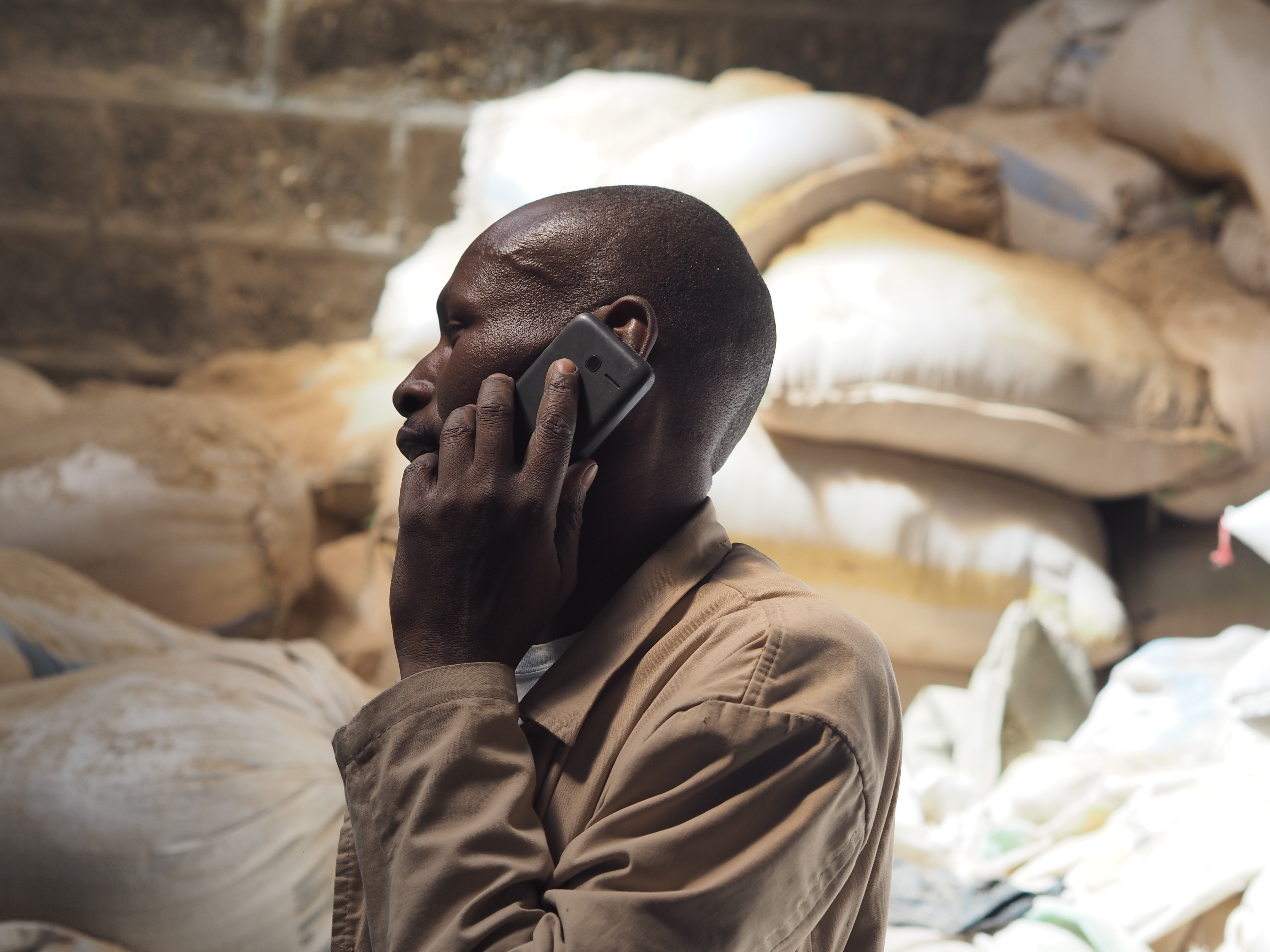
After seeing the feed producers and observing how the feed both for human and animal consumption is produced we went to visit a market where it is sold to customers. (read more about our findings here)
We again divided ourselves into smaller groups with both Aalto and UoN students mixed together and went to interview and observe sellers and customers. After hearing about how the farming-processing chain works, we were stunned by how the produce was sold to customers. Awareness of mycotoxins was either good or non-existent. We even bought some maize from the market that the vendors had labeled as “aflatoxin contaminated” and it was sold for a cheaper price to be fed to the cows. (See pictures from markets, milk ATM and supermarket below)
After coming back from the Nakuru field trip we transformed our apartment into a design studio and really started digesting and breaking down the data we had gathered.
We started with writing down all our research notes on post-its and placing them on the wall under categories such as “pain points”, “interesting points”, “insights for solution”. After sharing our insights we used them to co-create a journey map, that included insights from all the stakeholders we had met.
We used the journey map as a tool for visualising all the steps within the process to see what aspects and actions affect one another as well as to go deeper into the mechanisms that play a role in each step. The journey map then allowed us to find potential points for disruption and ideating on solutions for the whole chain. (See pictures of the insight analysis process below)
Our last mission for the field trip was to transform our insights and learnings into a presentation for the Food Africa day at Nairobi Innovation week. (read more about the innovation week and our presentation here) This we did by visualising the insights and coming up with themes that distilled the essence of our findings. We also created a narrative for our journey; all the way from where we started to where we ended up. The presentation kick-started the day of multi-stakeholder discussions covering all the topics explored within the Food Africa project.
After our presentation all the team members participated in group discussions amongst a diverse group of experts from the public and private sectors as well as research representatives. The day was wrapped up with presenting co-created ideas for solving the food safety issues. The insights and learnings from the day crystallised the holistic understanding of the issue that we took home from Kenya.
The process so far

